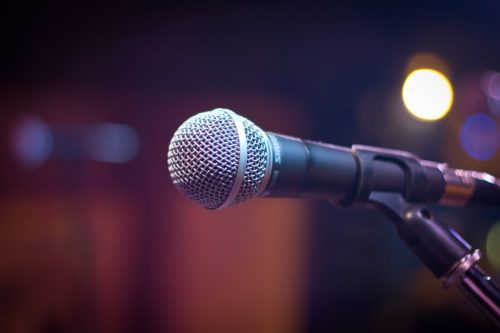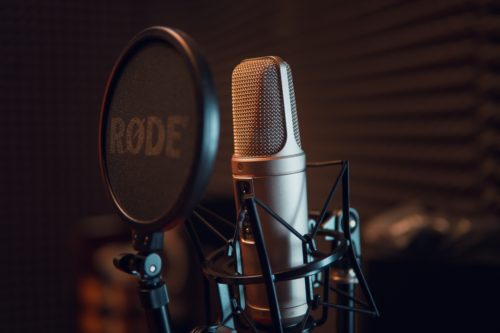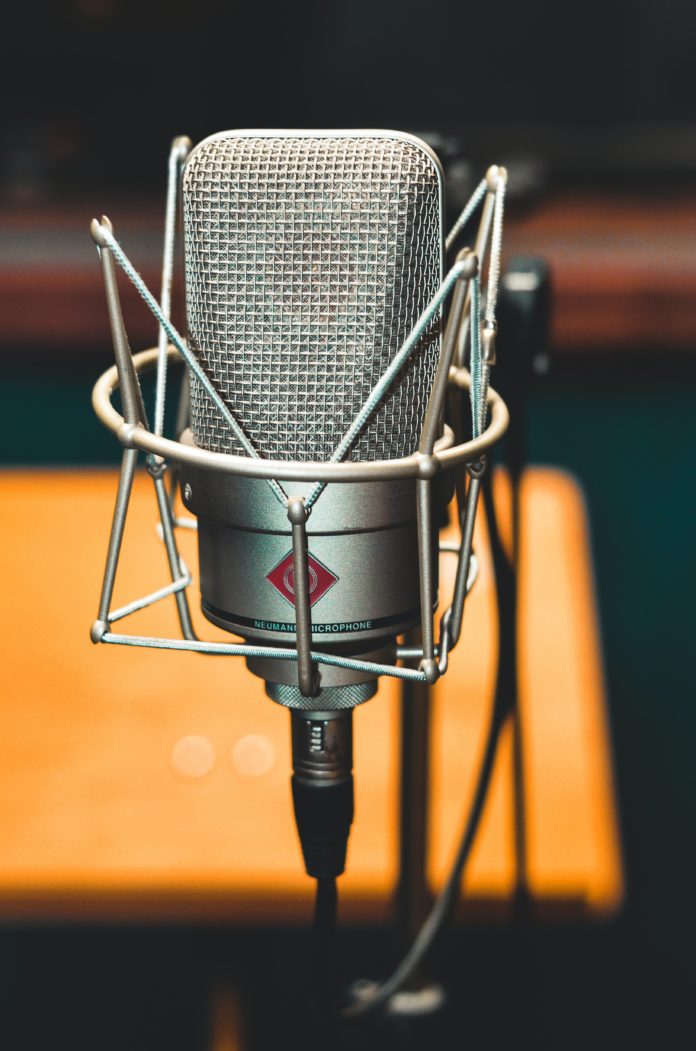When it comes to recording audio, you want to capture the cleanest sound possible. For that, you need to figure out what microphone would be best to use. Microphone types matter in a recording session. The cleaner the sound, the less work will have to be done in the mixing process.
So how do you know what kind of microphone you need? It all depends on the source and your creative vision.
Dynamic
Dynamic microphones are well-built and cheaper than condenser mics. Dynamic mics are mostly used in live sound, which is why you will sometimes see your favorite artist do a “mic drop”. It’s built for that and not much damage will be done. This does not mean you can throw it against the wall for fun. Audio retailers give you warranties for a reason. These microphones are perfect for recording louder sounds like drums and electric guitars via an amp.

Condenser
Condenser microphones require phantom power (48 volts) from an audio interface or pre-amp in order to function. These mics are more expensive and fragile due to the diaphragms within them. The size of the diaphragm makes a difference in usage. Large diaphragms pick up low frequencies like bass guitar or vocals. Small diaphragms capture the higher ones such as someone playing the flute or harp. Condenser mics are the most used in a studio.

Your recording can also be affected by sound direction. Omnidirectional mics capture all the sounds surrounding it. This is perfect for live sound in a church. Cardioid mics only record the audio that is directly in front of it. If you ever want to record a drummer, the mic needs to be placed directly on the snare or hi-hat. Cardioid mics are also preferred to record piano sessions.
There is one more type of microphone to mention: ribbon mics. Ribbon mics share one similarity with dynamic mics: the diaphragm is made out of a thin ribbon instead of plastic. The problem with ribbon mics is that although they capture great frequencies, their build is extremely delicate, more so than a condenser mic. Price ranges are higher as well.
Microphone types and placement can determine how well your recording session will go. Do your research before investing in one and keep in mind the frequencies you want to create with. This will make your recording sessions so much easier.
Compare the ranking of various headphones, earbuds and in-ear monitors using our tools.
Discuss this, and much more, over on our forum.
---MAJORHIFI may receive commissions from retail offers.















